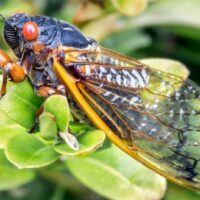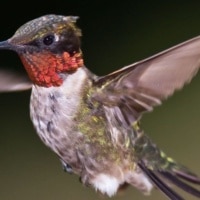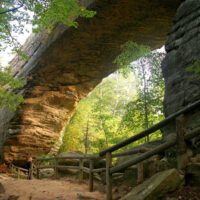A recent article in Hoptown Chronicle about the invasive vine kudzu got me thinking about our own local invasive vine, winter creeper (Euonymus fortunei).

This evergreen vine was originally planted as a decorative ground cover around many of our homes; however, it is not a native plant and is highly invasive. It can be found throughout our town as thick mats on the ground, covering up fences and climbing our trees. It is in our yards, public spaces, natural lots and forests. The problem is that where winter creeper grows, it takes over, choking out native plants and killing some of our finest old trees.
Unfortunately, it was all over the Hopkinsville property we bought a few years ago, and we know too well the challenges of dealing with it.
Once we realized what it was, we began removing it from our trees. The vine starts climbing trees as a small innocuous vine much like ivy will do. It grows and climbs, quickly forming thick rope-like vines similar to poison ivy in appearance.
Then it sends lateral branches of bright green leaves that drape the tree. The vines encircle the trunk of the tree choking it. The roots deprive the tree of nutrients. The vine’s leaves out-compete the tree for sunlight.
We purchased the property as much for the mature trees as the house, so watching those beauties struggle for life was unacceptable. Fortunately the big stalks of the vine on the tree are easily cut at ground level and the vine dies all the way up the tree.
Next we tackled the fence. Winter creeper covered the fence giving our yard a lot of privacy, but in addition to killing the native plants we desired, it was weighing the fence down and destroying it.
We cut and pulled the vines off the fence. It wasn’t difficult. A cut with pruning shears would yield long vines that pulled away easily away.
Finally we tackled the big mats of vine on the ground. It looks similar to periwinkle that I love, but the leaves have serrated edges and the mats are very dense and spread quickly devouring everything in its path.
We found it easy to pull the vines up after a good rain, but that only got the vines off the surface. Underground are large thick roots that must be dug out or the mat quickly reforms. I will admit that this was not easy, especially as I am no fan of a shovel! It is still a task in progress.
There are chemicals that can be applied in the fall that have some success against winter creeper. We choose to avoid them because we do not want to harm the environment anymore than necessary. It has taken three springs to reduce the winter creeper (and bush honeysuckle, another invasive species, on our property.)
We primarily do battle in the early spring when the soil is soft, the temperature is cooler and mosquitoes are not out. What a difference three years of effort has had in our wooded lot now! Native plants are returning, and we have an abundance of birds and many other wildlife that visit us!
We know this will be an ongoing battle, but the hardest work is done. Pulling up the small vines that appear each spring is an easy task. The joys of Kentucky’s native plants and wildlife in a healthy woods is worth the effort! As I look at the damage that this invasive vine is doing throughout our community I shudder.
Here is more information about winter creeper and control of invasive plants from the University of Kentucky and from the Ohio Environmental Council.





